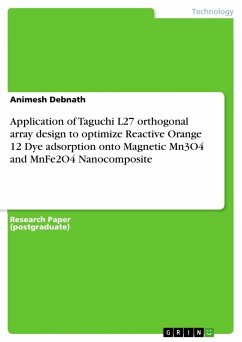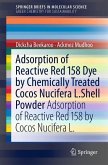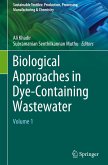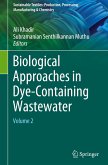Research Paper (postgraduate) from the year 2016 in the subject Environmental Sciences, grade: 9.00, , language: English, abstract: In this study, Taguchi L27 experimental design was utilized to optimize adsorption of Reactive Orange 12 (RO 12) dye onto magnetic manganese oxide and manganese ferrite (MO-MnF) nanocomposite. The MO-MnF nanocomposite was characterized by X-ray diffraction (XRD), scanning electron microscopic (SEM), Fourier transform infrared spectroscopy (FT-IR), and vibrating sample magnetometer (VSM) measurements.The experimental design was constructed with five factors (solution pH, RO 12 dye concentration, MO-MnF dose, contact time, and reaction temperature) at three different levels. The experimental conditions were optimized to maximize the RO 12 dye removal efficiency where signal-to-noise (S/N) ratio was considered as criteria. Optimum values of 2.0, 1.0 g/L, 60 min, 50 mg/L and 60°C were obtained for solution pH, MO-MnF dose, contact time, concentration of RO 12 dye, and reaction temperature, respectively for maximum RO 12 dye removal efficiency of 99.32%. This adsorption process proficiently followed pseudo-second-order and intra-particle diffusion models and exhibited applicability of Langmuir monolayer adsorption with maximum adsorption capacity of 207.90 mg/g at room temperature.
Bitte wählen Sie Ihr Anliegen aus.
Rechnungen
Retourenschein anfordern
Bestellstatus
Storno








